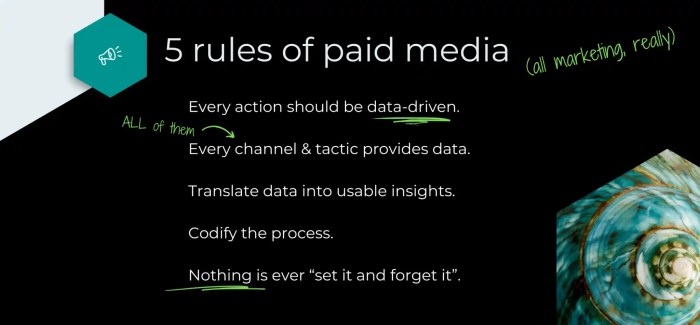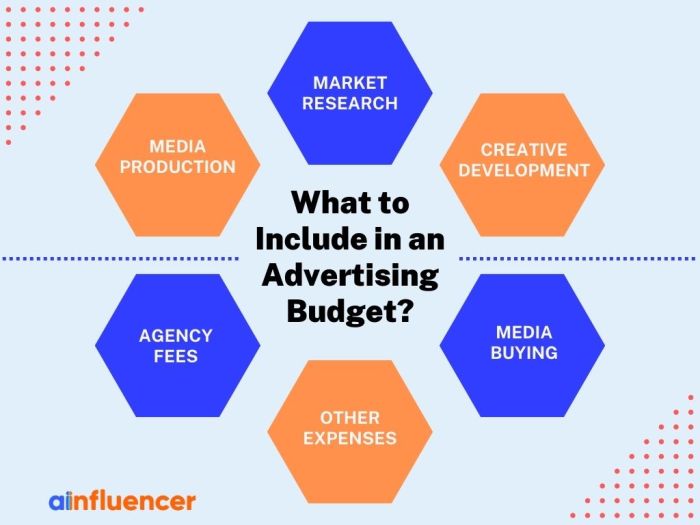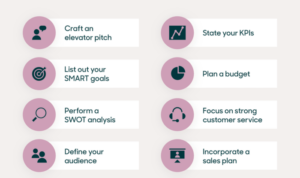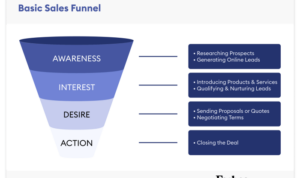Optimizing Ad Campaigns is all about maximizing your impact in the digital world. Dive into strategies that will take your ads to the next level and keep your audience hooked from start to finish.
Whether you’re a seasoned marketer or just starting out, understanding the ins and outs of ad campaign optimization is key to standing out in a crowded online space. Get ready to elevate your game and see results like never before.
Understanding Ad Campaign Optimization

When it comes to running ad campaigns, optimization is key to ensuring the best possible results. By fine-tuning various elements of your ads, you can improve performance, reach your target audience more effectively, and ultimately maximize your return on investment.
Importance of Optimizing Ad Campaigns
Optimizing ad campaigns is crucial for several reasons:
- Maximizing ROI: By analyzing and adjusting your campaigns, you can ensure that you are getting the most out of your advertising budget.
- Improving Targeting: Optimization allows you to refine your audience targeting, reaching the right people with the right message.
- Enhancing Performance: Fine-tuning ad elements such as copy, visuals, and calls-to-action can lead to improved campaign performance.
Goals of Optimizing Ad Campaigns
The primary goals of optimizing ad campaigns include:
- Increasing Conversions: Optimization aims to drive more conversions, whether that be sales, leads, or other desired actions.
- Reducing Costs: By optimizing ad campaigns, you can work towards lowering your cost per acquisition and maximizing your advertising efficiency.
- Improving Ad Relevance: The goal is to make your ads more relevant to your target audience, increasing engagement and overall success.
Key Performance Indicators for Ad Campaign Optimization
Key performance indicators (KPIs) to consider when optimizing ad campaigns include:
- Click-Through Rate (CTR): Measures the percentage of people who click on your ad after seeing it.
- Conversion Rate: Tracks the percentage of users who complete a desired action after clicking on your ad.
- Return on Ad Spend (ROAS): Calculates the revenue generated for every dollar spent on advertising.
Target Audience Analysis
Understanding the target audience is crucial in optimizing ad campaigns because it helps tailor the messaging and creative to resonate with the right people, ultimately leading to better performance and higher ROI.
Significance of Analyzing Target Audiences
When conducting target audience research for optimization, it is essential to gather demographic, psychographic, and behavioral data to create detailed customer personas. This information can be collected through surveys, interviews, social media insights, and website analytics.
- Demographic data includes age, gender, income, education level, and location.
- Psychographic data covers values, beliefs, interests, and lifestyle choices.
- Behavioral data focuses on purchasing patterns, online behavior, and brand interactions.
Examples of Improving Ad Campaign Performance
By understanding the target audience, ad campaigns can be optimized in various ways:
- Personalizing ad creatives based on audience preferences and interests to increase engagement.
- Targeting specific demographics with relevant messaging to improve conversion rates.
- Adjusting ad placements and timing to reach the target audience when they are most active.
A/B Testing Strategies: Optimizing Ad Campaigns

A/B testing is a crucial strategy in ad campaign optimization that involves comparing two versions of a webpage or ad to determine which one performs better. By testing different elements, marketers can gather data to make informed decisions and optimize their campaigns for maximum effectiveness.
Elements to Test in A/B Testing
- Headlines: Test different headline variations to see which one resonates with the target audience.
- Call-to-Action (CTA) Buttons: Experiment with different colors, text, and placement of CTA buttons to see which drives more conversions.
- Images: Test different images to determine which visuals engage users and drive more clicks.
- Ad Copy: Try different messaging and tone in ad copy to see which version leads to higher engagement.
- Landing Pages: Test different layouts, content, and forms on landing pages to optimize the user experience and increase conversions.
Interpreting A/B Test Results
When interpreting A/B test results, it’s essential to look at key metrics such as click-through rates, conversion rates, bounce rates, and overall performance. Here are some best practices to optimize campaigns based on A/B test results:
- Focus on statistically significant results: Make decisions based on data that shows a clear winner with a significant difference in performance.
- Iterate and test continuously: Use A/B testing as an ongoing process to refine and improve ad campaigns over time.
- Implement changes based on insights: Apply the learnings from A/B tests to make informed decisions about ad elements and strategies.
- Track and analyze results: Monitor the impact of changes made based on A/B test results and adjust strategies accordingly.
Ad Copy and Creative Optimization
When it comes to running successful ad campaigns, ad copy and creative elements play a crucial role in determining the campaign performance. The ad copy is the text that appears in the ad, while creative elements include images, videos, and other visual components that capture the audience’s attention. Optimizing these elements can significantly impact engagement, relevance, and conversions.
Tips for Optimizing Ad Copy
- Use attention-grabbing headlines to capture the audience’s interest from the start.
- Highlight the unique selling points of your product or service to differentiate yourself from competitors.
- Include a clear call-to-action to guide users on the next steps they should take.
- Experiment with different ad copy variations to see which resonates best with your target audience.
Role of Creative Optimization
Creative optimization involves refining the visual aspects of your ads to make them more appealing and relevant to your target audience. This can include testing different images, videos, colors, and layouts to see what drives the most engagement and conversions. By optimizing the creative elements of your ads, you can enhance ad relevance, capture the audience’s attention, and ultimately improve campaign performance.





